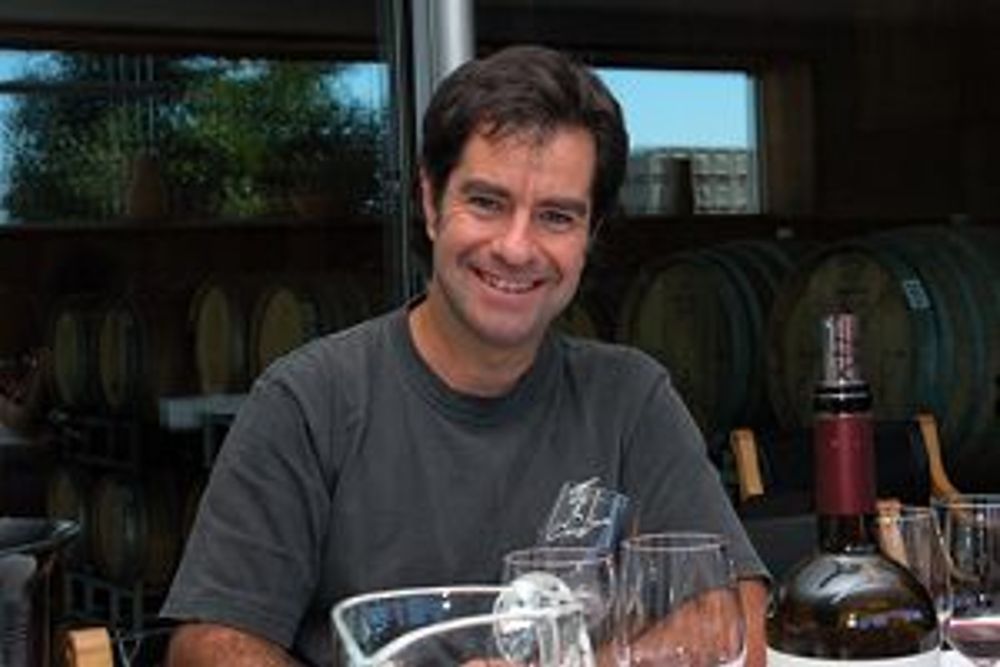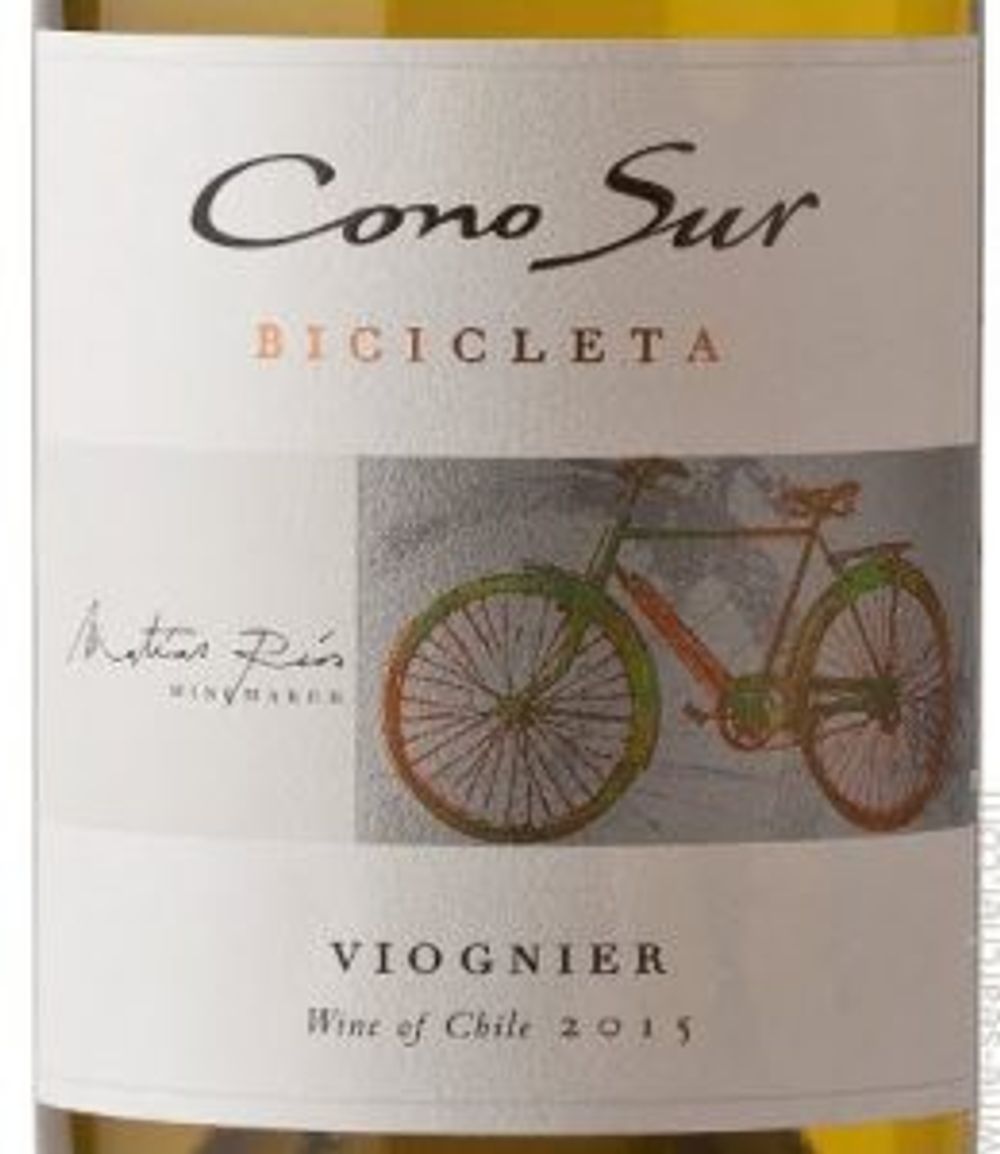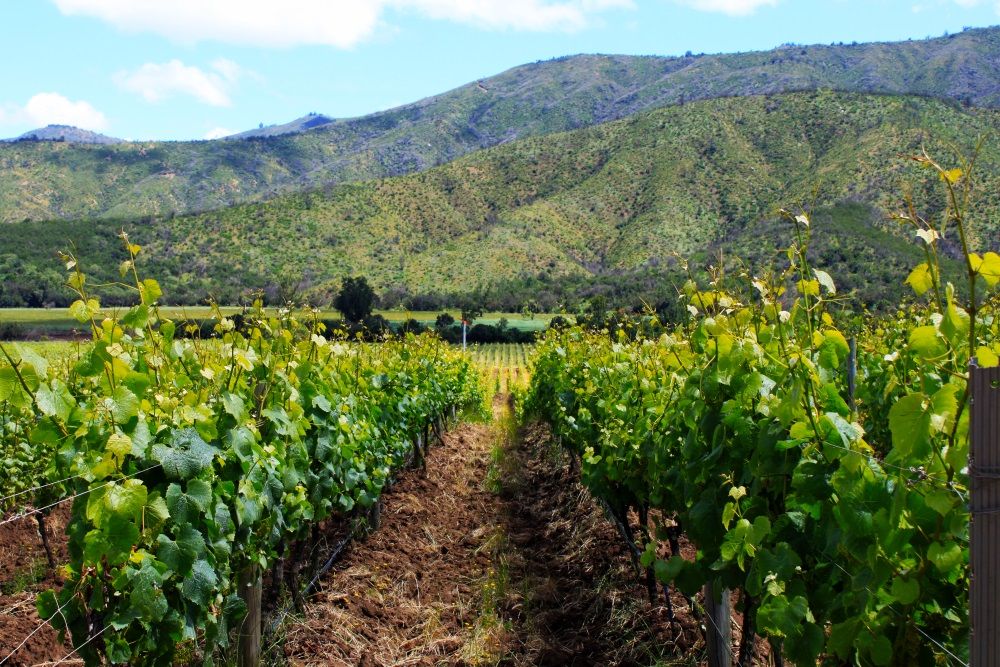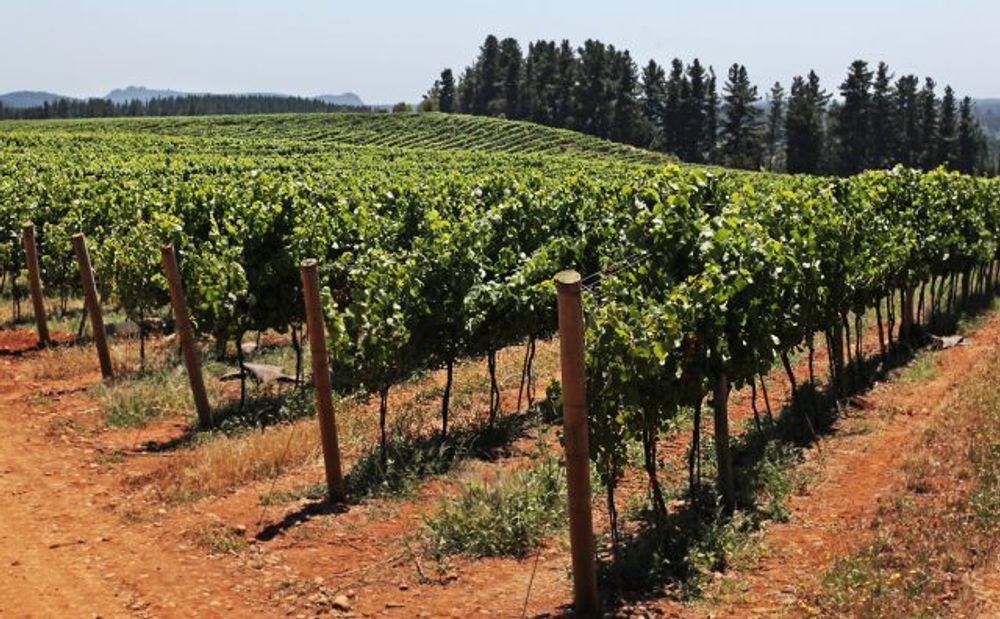Discovering the right vines to go in the right place is helping to transform the quality and diversity of Chilean wine, says Cono Sur’s Adolfo Hurtado.

Adolfo Hurtado has transformed Cono Sur over the last 20 years to be at top 3 Chilean wine exporter
“The biggest trend I have seen in the last 20 years has been the movement from big, bold, high alcohol wines to these much fresher styles of wine. That is what people are demanding now.”
Now this statement could quite easily be attributed to any winemaker, to a more or less degree, making wine in the New World.
The fact it was made by Adolfo Hurtado, chief winemaker and general manager of Chile’s power brand, Cono Sur, gives it just a little more significance. Not just because of Hurtado’s standing as one of the leading winemakers of his generation, both in Chile and around the world, but because of what he has been able to do with Cono Sur.
Taking what he admits was an insignificant, small winery some 19 years ago and turning it in to one of Chile’s biggest brands, selling in to 85 countries as well as being the number one Pinot Noir wine in the UK off-trade.
Making a big supermarket, consumer friendly wine is one thing. Being able to continuously pioneer winemaking methods, with different varieties across new winemaking regions of the country, singles him out as one of the most important New World winemakers. Never mind his standing in Chile.
When The Buyer caught up with him for a working lunch at 28/50’s Maddox Street restaurant he was in a cheeky, cheerful mood. Excited to be once again in the UK with the chance to show his latest wines, but also hear, first hand, just what is going on in this vital market three months on from the infamous Brexit vote. But more of that later.
Best years to come
Hurtado was also particularly keen to talk about the big changes taking place across the Chilean wine industry. Changes that, he believes, means its best winemaking years are yet to come.
It is also, after all, still a relatively young winemaking country.Its producers and winemakers now have more knowledge and experience about the best areas of the country to grow which grape varieties. “It is a work in progress, but we know our grapes so much better now and look to improve every year,” he explained.
He claims Chile is particularly well placed, for example, to benefit from the global wine consumer’s increasing interest and demand for fresh, lighter, more aromatic wine styles rather than the big, jammy, fruity, high alcohol wines from the past.
The fact that virtually all its vineyards sit within either a few miles or hours’ drive from the Pacific coast, with a significant proportion in the south of the country, means its wines naturally have good balance, acidity and freshness. Particularly its whites, said Hurtado.
“Across the New World, Chile offers so much diversity. We have so many different terroirs, soils and sun exposure in our vineyards, from the north to the south of the country. We are probably closer to New Zealand and the wines it is making,” he explained.
Which is why Chile is so well positioned to take advantage of the demand for lighter wine styles. “Of Chile’s top 10 grape varieties, eight are best grown in cool climate areas we have in Chile,” said Hurtado.
What’s more it has the ability and capacity to trial and make a wide range of wines.
Hurtado explains: “Chile has such a spread of grape varieties. At Cono Sur we plant 22 varieties, 14 of which we grow on a commercial volume basis. But the market is requesting these kind of wines.”
Great future for whites
To date Hurtado admits Chile, and Cono Sur, have both built their reputations around the world on the back of its red wines, most noticeably Pinot Noir. But improved viticulture and knowing where to grow certain grapes, means the future for its white wines are now just as rosy.
“We have a huge potential to make lovely white wines. So let’s push that potential,” he said.

Cono Sur is helping drive Viognier sales in the off-trade
You only to have to look across to the supermarket aisles to see how well Cono Sur is doing with its Viognier style, which has seen its UK Viognier sales go up 23% over the last year. It is also doing just as well in other key markets, including Japan and British Columbia and Vancouver in Canada. South Korea and Vietnam are also now developing in to important markets.
“People are looking for more elegance, acidity and freshness in their wines,” said Hurtado.
Cono Sur is already bucking the trend on white wines in Chile. For whilst its main competitors are still mainly 70% red wine dominated, Cono Sur is 40% white, 25% Pinot Noir and the rest its other red wine styles.
Time for Chile sparkling
It is also now branching out in to sparkling wine. Hurtado introduced The Buyer to its new Centinela, traditional method style sparking. Produced in the Casablanca Valley, just 7km from the sea, makes this a lovey fresh, zingy wine. With the need for food. “We know Chile has the potential to make lovely white wines, so let’s also push the potential of its sparkling wine,” added Hurtado.
But there is certainly plenty more scope and opportunity to surprise and innovate with its white wines. Hurtado also introduced us to his new Reserva Especial Gewurztraminer 2014 (rrp £10). A grape variety he believes Chile can have a lot of success with and is already wooing the Japanese.
This 100% version is packed with acidity and freshness. Ideal for food, but far too easy to drink over a lunch.
Pinot Noir is still key

Organic Pinot Noir vines at Cono Sur
But let’s not forget that Pinot Noir has lead the way for Chile, said Hurtado. “We have learnt from Pinot Noir about how to get freshness and elegance in our wines which we have been able to translate to our other red wines like Carmenere,” he said.
He claims that with a production of some 6.5 million bottles, Cono Sur is now the world’s, never mind the UK’s, biggest producer of Pinot Noir. Its Pinot Noir volumes are up from 5.8 million in 2015. Compared to only 70,000 cases in 2006.
Although Cono Sur is sold throughout the world, its mainly driven through the UK, Japan and Canada. Again Hurtado believes the Asian market, particularly Japan, has been attracted by its ability to produce fresher, lighter styles as they work so much better with Japanese cuisine.
The UK is particularly important for Cono Sur. It is, for example, selling between 80,000 and 90,000 cases a year of Cono Sur Bicicleta range, which is more than what was its total annual volumes for the whole company was 10 years ago.
Plantings for the future
It is one thing having the ability to grow it is quite another planning for it and making it happen. Key to Chile’s wine future is having enough vines of the right variety planted in the right part of the country. Particularly for red wines. As Hurtado explains it can takes up to eight harvest before you can start making quality Pinot Noir. White varieties are lot more giving, with Sauvignon Blanc, for example, producing ready to drink wines from its first harvest.
“That is why we always a five year planting strategy,” explains Hurtado. It therefore needs to be completely on top of future wine drinking trends to ensure it is growing the right kind of grapes.
Cono Sur’s next five year strategy will see it planting another 350 hectares of vines, on top of the 1,800 hectares it already has.

Cono Sur has helped lead vine plantings in the region of Bio Bio
He is particularly excited about the 210 hectares it has planned for the Bio Bio region to be planted from next September. “We could plant another 180 hectares there,” he says.
“It is vital we get our planning right. So we look very closely at trends. That is why we try to be very close to the market so that we can spot future trends.”
For example, five years ago it predicted there would be this move for more lighter, fresher, aromatic wines and therefore took the plunge and planted some 150 hectares of Viognier. Which is now paying off to such a degree that it even has a shortage of Viognier.
Taking a risk
“You have to take a risk,” he explains. “You have to make a bold decision to push a variety. You have to be brave. Like, for example, I really want to push Gewurtzraminer. It is very good for the UK market. But we have to be the first to do it.”

Especial Riesling: a great example of fresh white wines being made in Chile
A good example of what taking a risk can produce is its single vineyard, Cono Sur Reserva Especial Riesling. It first decided to plant Riesling vines in a single vineyard in Bio Bio back in 1996. At the time Bio Bio was not a proven winemaking region and was thought to be impractical to make wine there because of its high rainfall.
Its UK sales show it was the right decision having grown from 1,000 x 9 ltr cases to 8,000 9 lt cases in a year.
We also had a chance to see how an aged Riesling performs in Chile with a Vision Riesling from 2005, which produced an interesting dry, slightly sweet style, but with a lovely rounded palate and great zippy finish. But still with that kick of high natural acidity that brings an older wine to life.
Sustainable strategy
Making big changes for the future does not always rest in the varieties you pick, but also your approach to winemaking, explains Hurtado. Which is why he believes one of his biggest decisions he has taken at Cono Sur was making it, where possible, a fully sustainable, organic, business. An approach that has certainly helped put it in bed with the major monopolies both in Canada and in Scandinavia.
“It also gave us a big point of difference at the time,” he says. “It allowed us to then look at new areas like Bio Bio for the first time.”
It was, also, for example, one of the first Chilean wineries to switch most of its production in to screwcaps in 2003. Although it is going back to cork for some of its better ageing red wines.
Hurtado makes fascinating company as he is constantly referring to his past for the decisions he makes today. He says arguably his biggest risk at Cono Sur was joining the company in the first place, such was the state of the winery at the time. But, he says, it was more the opportunity to join and work with the team at Concha y Toro that was the main attraction. And the great opportunity it gave him to take Cono Sur and, with its investment, make it his own. “They gave me the opportunity to make a name for myself.”
You don’t have to look far for his biggest achievement. Under his control Cono Sur has gone from 70,000 cases to 5 million cases around the world.
“My biggest achievement has been taking the winery from nothing to being between second, or third, biggest exporting wine company from Chile,” he says. “But to have done so also making quality wine, whilst always looking to innovate and differentiate what we are doing.”
What next…
As to the future Hurtado is excited about where Cono Sur and Chile can go with its future plantings of vines. “That is what is exciting. New vineyards in new locations, all helping to develop the brand further.”
Plantings that have taken him 1,100m high and to the foothills of the Andes, where he is looking to make French and Spanish varieties like Mourvedre, Grenache and Tempranillo, with a first vintage hopefully in 2017.
He is even now planting vines to the exact proportion that he expects to make up a blend. So a new 105 hectare vineyard, for example, with 12 varieties all planted to the right proportions, be it5% Petit Verdot and 10% Malbec and so on.
But for all the excitement about its future white wines, the current market is looking for quality, premium red Chilean wines. Like its Silencio Cabernet Sauvignon 2012. Of which there are only 3,000 bottles made a year. This Cabernet Sauvignon, 2% Carmenere wine, sourced from Alto Maipo, is what Hurtado believes could help put Chile on to a different level. Particularly in the premium on-trade with a rrp of around £75.
“This wine really represents what we think Chile can produce in the future,” he says. “The premium sector is where the future for Chile is.”
Rest assured Hurtado will be there playing his part.


































